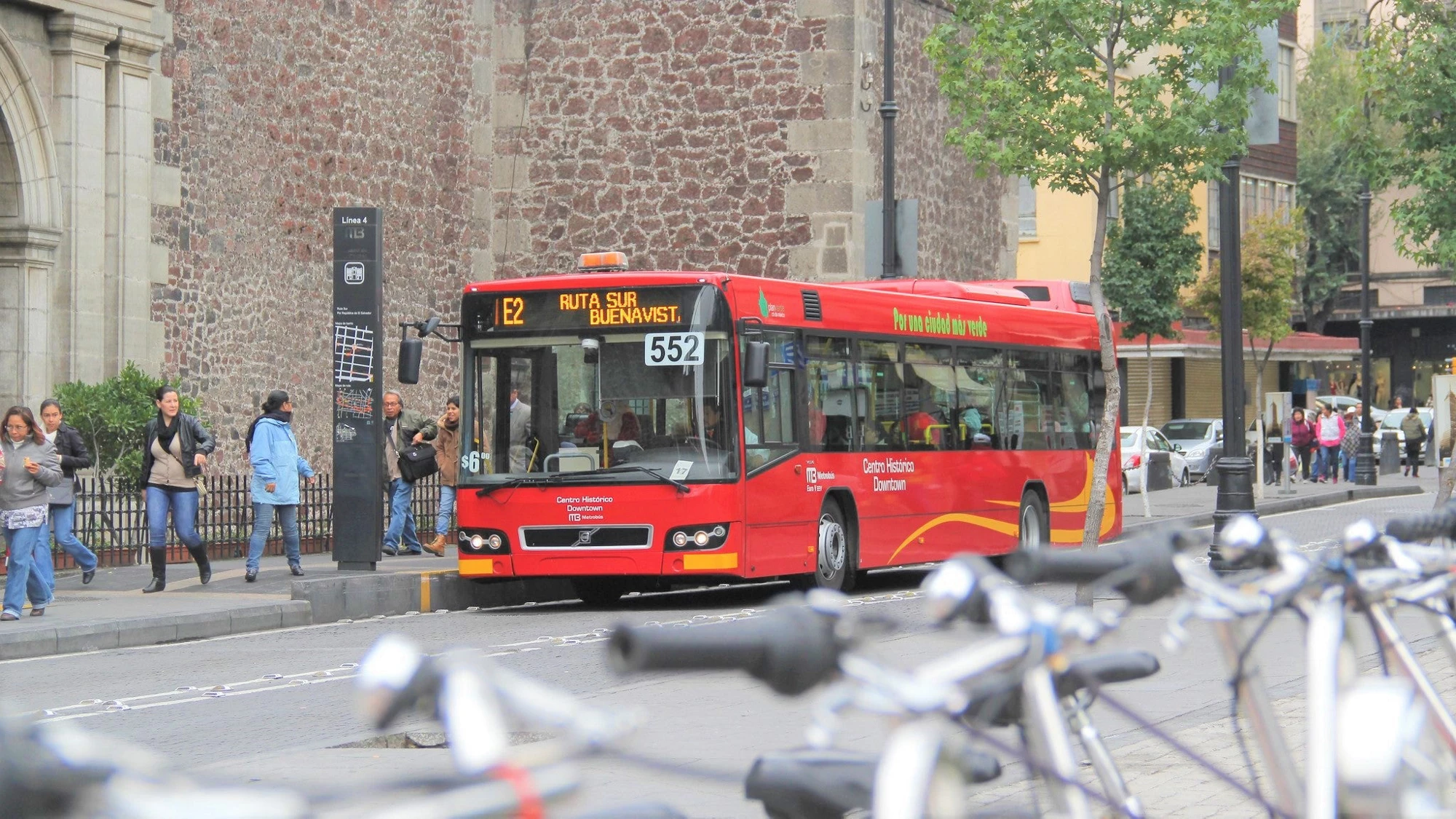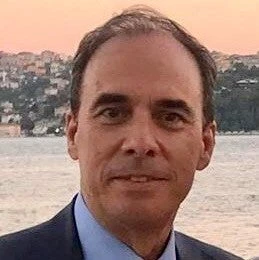From now until 2020, 10 million people – the population of a small Latin American country – are expected to die in traffic accidents around the world. Latin America itself is a prime victim of this trend: sadly, the region endures the highest number of fatalities caused by automobile accidents in the world.
However, this number could be halved if every single one of us commit to improving road safety. The international community has already moved this issue at the top of its agenda by joining the United Nations in declaring 2011-2020 as the "Decade of Action for Road Safety", which kicks off this week.
This issue has become a tragedy of huge proportions impacting low and medium income countries the most. The human, economic and social toll of traffic accidents is increasing every year. More than 1.2 million people die and 50 million get injured every year, most of them in developing countries, as a result of road accidents. These numbers carry a price tag of US$65 billion to US$100 billion annually. In the absence of effective action, traffic related deaths are forecast to rise by two thirds by 2020.
And let's not forget that beyond these steep costs there's a real tragedy: a family that loses hope for a better future, young people with narrowing opportunities because of a disabling accident, parents who need to hold multiple jobs after the death of a spouse.
Unfortunately, Latin America has the world's highest per capita fatality rate from road crashes, 26 fatalities per 100,000 people, likely to rise further to over 30 per 100,000 people by 2020.
By contrast, high-income countries with outstanding development indicators-- such New Zealand, Sweden and France—show an accident death rate of 5 fatalities per 100,000 people. It is clear then that our countries are paying a steep price for this epidemic of traffic-related accidents, especially if we consider that, unlike many of the other challenges we face, road crashes are largely preventable. As it stands, the current situation is completely unacceptable.
Improving road safety is a shared responsibility calling for the concerted action of multiple actors at the international, regional and national levels. In line with this, the World Bank is scaling up road safety initiatives, promoting the notion of shared responsibility regarding safe mobility and emphasizing institutional and management aspects of road safety. There are already successful experiences worth mentioning. For example, in Argentina a national agency has been created to coordinate actions to improve road safety across the country.
To support safe infrastructure, the Bank promotes the adoption of infrastructure safety assessments and categorizations as part of its road project assessment process.
On April 19th, within the framework of the Decade of Action, World Bank President Robert Zoellick announced the creation of the Multilateral Development Bank Road Safety Initiative, which asks supporting members to share their experiences and knowledge in order to strengthen road safety capacity throughout this decade. This way, we will work together to promote road infrastructure safety and measuring indicators and results, thus fostering investments in road safety and accelerating knowledge transfer between regions and countries.
The challenge that we face is huge, and we need to rise to the occasion.
Because of this, all actors, including governments at all levels, transport bodies, civil society, the automobile industry, and the private sector, have a role to play. We need leadership and innovation in order to fulfill this decade's goals, so that current and future generations will be able to look back and say that the Decade of Action was a pivotal moment in their societies' safe mobility.



Join the Conversation